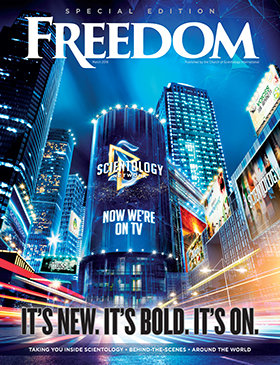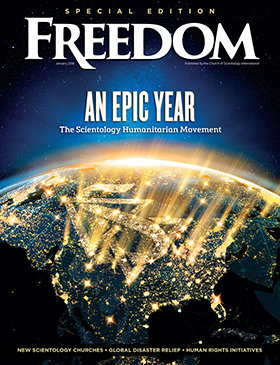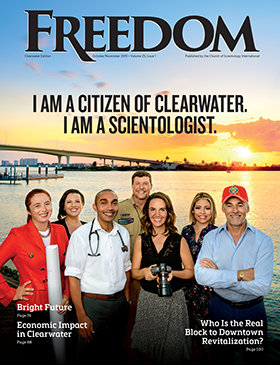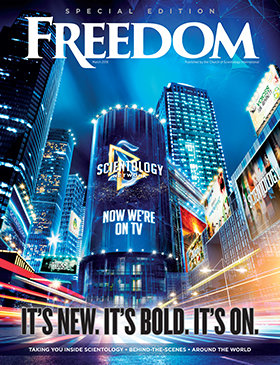
False information has a life of its own. If a falsehood is told often enough, and widely enough, it becomes fact in the minds of many.
A recent poll by Harvard University’s Institute of Politics found that only 12 percent of young adults trust the news media to “do the right thing.” That placed the media at the bottom among America’s major institutions, below even Congress and Wall Street.
We don’t have to look far for the reasons. Although journalists have long claimed to be custodians of the facts, they have surrendered that heritage to the competition to be first with the story and to find the blockbuster revelation that will grab the attention of an increasingly fragmented and distracted audience.
We live in an era of corrupted information, most of which is whipped up by self-serving talk show hosts, PR agents and politicians. A cynic might say it’s always been that way. But it’s gotten worse, the inevitable consequence of ambition, celebrity and profit-pursuit run amok.
Journalists are nearly our last refuge, but they increasingly are letting us down. The past decade has been a brutal one in the newsroom. Circulations and ratings are down, and layoffs are up. Those journalists that still have jobs feel pressured to do whatever is needed to attract an audience. When asked about the practice of publishing unverified allegations, a top editor said, “It gets fact-checked by our readers.” That’s a low standard. Research has found that reporting errors that enter people’s heads often stay there, sometimes because they don’t see the correction, sometimes because they prefer the error.
An informed public is vital to a properly functioning democracy. We can’t manage that on our own. We depend on the media to keep us informed. It’s the reason, as the journalist Walter Lippmann wrote, that democracy cannot thrive “if there is no steady supply of trustworthy and relevant news.”
That imperative extends beyond those who produce daily news stories. It applies also to the magazine writers, the book authors and the documentary filmmakers that present themselves as conveyers of fact. They’re reporters, too. We need them to tell it straight. Accuracy doesn’t have one meaning in a newspaper story and another meaning in a documentary film or a nonfiction book.
Because the First Amendment guarantees a free and independent press, we have no choice but to trust it to be self-regulating. This does not require journalists to strip themselves of opinion. Some of the best journalism has a point of view, and musters the evidence to support it. But journalism devolves into dishonesty if it buries or distorts disconfirming facts.
The history of American journalism is one of ethical swings. The yellow journalism of the early 20th century used every trick in the book to lure an audience. Publisher William Randolph Hearst’s fabricated stories about Spanish atrocities in Cuba served to inflame public opinion, contributing to the outbreak of the Spanish-American War. Such reporting, then and now, is a disservice to the public. As Daniel Patrick Moynihan, who was a celebrated author and college professor before he became a senator, put it: “Everyone is entitled to his own opinion, but not to his own facts.”
More so than in other democracies, in America professions are self-regulating, left free by government to police themselves. Medical doctors and lawyers, once criticized for turning a blind eye to infringements of their ethical codes, have become more aggressive at rooting out malpractice.
Journalists need to do that, too. It’s even more necessary today because of the cutbacks in staffing and the impulse to find the blockbuster story. The media system is looking more and more like the Wild West. Where are the sheriffs?
The challenge is bigger than might be assumed. Unlike medicine or law, one doesn’t need a license to practice journalism and the standards are less clearly defined. Moreover, there is no tradition within journalism of calling out one’s fellow reporters. Some years ago, I conducted a study that examined how frequently in a given year two top U.S. newspapers criticized the other’s reporting. The answer was startling: almost never.
Of course, the media do pounce when a reporter goes wildly astray. The Washington Post’s Janet Cooke, The New York Times’ Jayson Blair and Rolling Stone’s Sabrina Rubin Erdely were outed by members of their own profession. It was journalists, to their credit, who blew the whistle.
That type of vigilance needs to be applied daily so that it puts journalists on notice that fudging the truth is not acceptable. The need of reporters to churn out content on a tight deadline means that they will make mistakes. But that’s a different problem than the rush to publish without a determined effort to establish the facts.
False information has a life of its own. Research has found that audiences tend to shed the source of the message, retaining only the message itself. If a falsehood is told often enough, and widely enough, it becomes fact in the minds of many.
Citizens can be faulted for their lack of attention and for their willingness to embrace flimsy claims. In the final analysis, though, they suffer from a media system gone haywire. They are told they are in Kansas but are being led through Oz.























